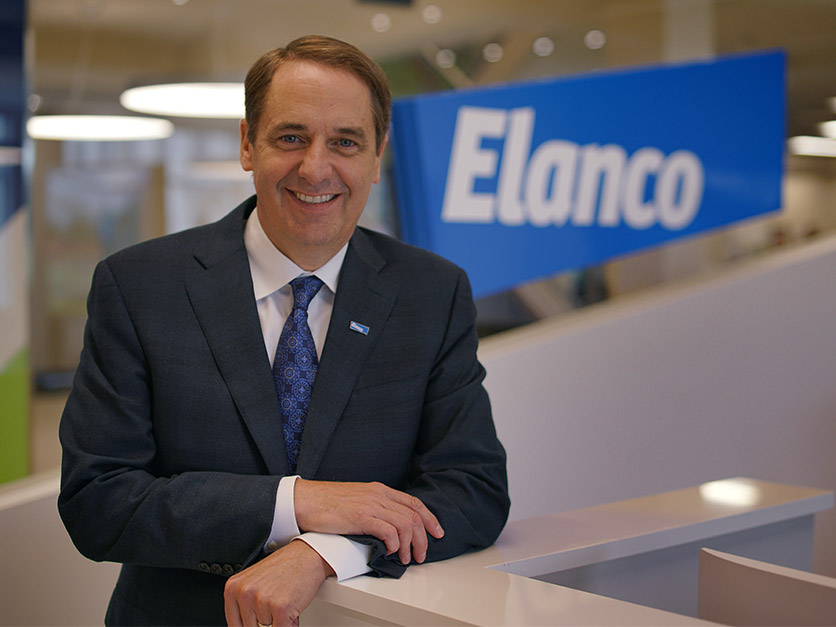Today, the world faces converging, critical challenges -- a dietary crisis and climate change. If we do not produce more affordable, nutritious food, we will see an increase in the 768 million people globally who are already hungry. Yet, if we do not curb emissions in a few short years, we will see irreversible climate change.
We are at a pivotal point where the margin for error in addressing climate change and hunger is next to zero.
With what feels like a doomsday clock ticking in the background, we must seek real, feasible solutions and accelerate the innovation that enables them. Many look to plant-based meat as one of those – but plant-based protein can’t be scaled to produce enough to feed our population – and it’s unlikely to be any better for the environment when produced at scale. Yet, animals can be a critical and fast-moving solution to global climate warming and hunger challenges, while promoting economic sustainability.
On climate, there’s something that we can all agree on: an important near-term opportunity is reducing methane emissions. Lowering methane emissions can buy us time on that doomsday climate clock.
Both methane and carbon dioxide (CO2) are greenhouse gases that are contributing to the rapid pace of global warming, but methane actually presents an opportunity for positive impact. CO2 stays in the atmosphere for upwards of 1,000 years while methane remains for roughly just 12 years. If we can curb methane emissions, we can slow the overall rate of warming, allowing us more time to address the long-term impacts of CO2.
What do animals have to do with this? Animals – particularly cattle – are a source of methane, along with natural wetlands, natural gas pipelines, landfills and other industries. Deploying innovation that reduces methane emissions from livestock can make a near-immediate impact on warming rates.
The U.S. animal agriculture industry has significant opportunity to reach climate neutrality quickly and in a way that is actually good for farmers’ businesses. Methods like methane capture and conversion into renewable energy have shown tremendous promise in opening a new frontier of value for farms, promising the next era of economic breakthrough for the agriculture industry. Additionally, advancements in health outcomes and feed ingredients have resulted in higher protein yields from herds of the same or smaller sizes, curbing methane emissions. In turn, this helps combat hunger, malnutrition and obesity, promoting improved physical health outcomes.
That point is important: this isn’t only about reducing emissions. It’s also about feeding a growing, global population the nutrition they need. We can’t simply remove animals. We can’t abolish the animal agriculture industry. We can’t turn grazing fields into broccoli farms. Any one of these actions creates new problems and would upset the delicate balance the industry is helping to sustain now: feeding more people with fewer resources.
This is exactly why alternative protein can’t save the world. It can’t scale in time. It can’t reach rural African populations. It can’t sustainably increase production to yield the amount of protein the world is currently consuming – estimated to be 333 million tons of protein in 2020 – let alone the amount we will need by 2040 to feed an expected two billion more people.
We should continue to pursue alternative protein, just as we are pursuing every promising innovation. But we must also accept that animals will be a critical solution in the next 20 years, and we must enable – not restrict – the innovation that can make that a reality.
On Tuesday, more than 600 global business leaders, policymakers and key opinion leaders from a dozen countries across the protein supply chain will convene to redouble our efforts to move the industry forward, committing to reach climate-neutral protein in the next few decades. We approach these challenges eyes wide open that we must move swiftly to curb our emissions. We must come together to remove barriers and enable innovation. We can create the next frontier of value and economic opportunity in operating sustainably.
We must accept the challenge to feed the world in a nutritious way that combats malnutrition and obesity, while also combatting climate change. We must put the accelerator to the floor as we make operating sustainably as important as producing protein. And the world must accept that animals can and will be a critical part of the solution. Because nutrition, climate and economic sustainability are not exclusive, but inextricably connected.
Protein is already on our tables. The industry needs to be at the global table solving these problems in collaboration, not isolation.
Jeff Simmons is president and CEO of Elanco Animal Health (NYSE: ELAN). This week the company is hosting Sustainable Solutions for Zero Hunger by 2030: A Vision for Animal Agriculture in an effort to address the urgent and time-sensitive forces of global hunger and climate change. For more, you can follow Jeff on LinkedIn or Twitter @JeffSimmons2050.
For more opinions and ag news, go to: www.Agri-Pulse.com.

